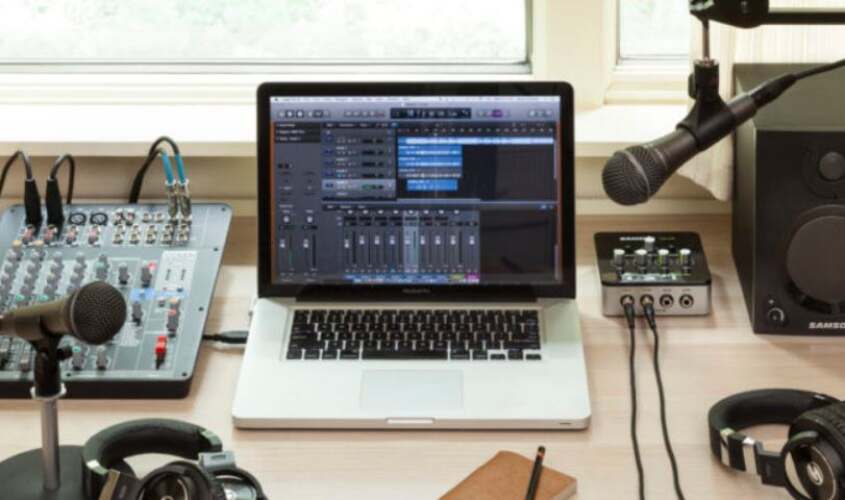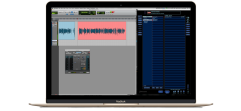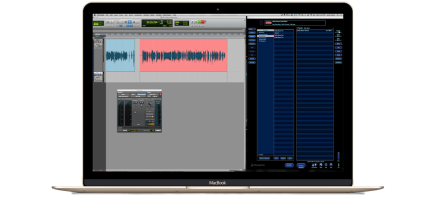Between 2017 and 2018 the number of people listening to podcasts jumped up by 6 million. What’s more, podcast fans are listening to up to 40% more podcasts today than they did a year ago. As customers struggle to find enough time to read articles and watch videos, podcasts offer an on-the-go form of entertainment for the masses.
The only problem?
Most companies don’t know how to use podcasts to their advantage.
There’s more to creating an incredible podcast than reading words off a script. You also need the right podcast equipment to give volume to your voice and ensure that your message resonates with your listeners. From your recording strategy to your editing process, each part of your podcasting plan needs to be carefully articulated if you want to get it just right.
Fortunately, this guide is here to help you find the best podcast equipment – just in time for your new 2019 audio strategy.
Remember, the better your set-up, the better your results.
Table of Contents
————-
Serious💪 Bonus: Download FULL training program that will show you how to quickly Setup Podcast from Audio,Video, images for maximum efficiency workflow. That’s not found on the post.
————
Chapter 1: How the type of recording affects your podcast equipment
The first step in choosing the ideal podcast equipment for your studio is deciding what kind of content you’re going to create. The type of microphone, editing software, and even the acoustic materials you need to conduct conservative interviews will be very different to the tools you need for a live show or webinar.
Just some of the different kinds of podcasts you’ll have to choose from include:
- Stream-of-thought podcasts
- 1-on-1 interviews
- Group interviews
- Panel shows
- Case studies and reports
- Webinars
- Live events
- Educational Podcasts
- Storytelling
No matter what type of podcast you’re drawn to, one thing you’ll need to keep in mind is that your content needs absolute clarity. Not only will there be no image to accompany your voice, but 69% of American listeners tune into podcasts on a mobile device, which might not have the best audio compared to computers or radios.
Chapter 2: Your Introduction to the Podcast Production Process
Now that you have chosen the kind of podcast you want to record; the next step is understanding what the production process entails. If you know what it takes to get your ideas from you, onto your computer, and then into the cloud, you’ll have an easier time listing the podcast equipment that’s essential to your process.
Recording a podcast is more straightforward than it seems. All you need to do is:
- Come up with an idea
- Record your content
- Edit the content
- Upload it to your chosen site or forum
The complete podcasting process and the tools that you’ll use along the way will differ depending on the content that you create. For instance, if you’re just talking to the audience yourself, then you won’t need an audio-conferencing tool like Skype to connect you and another participant.
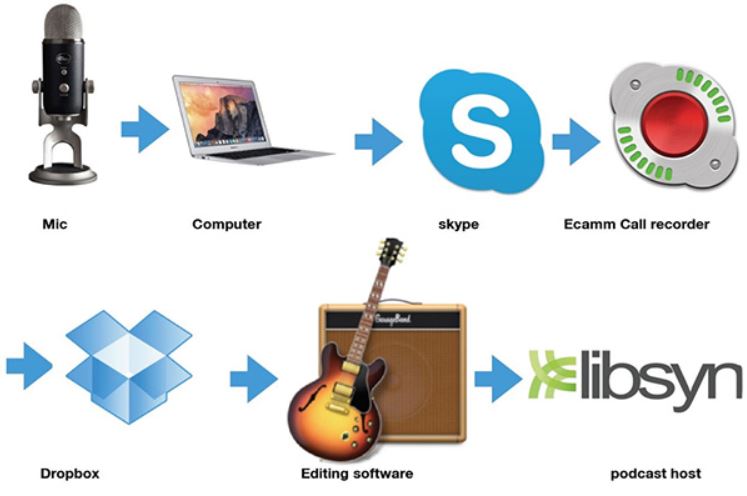
However, as you break down the steps in your personal podcasting process, you’ll notice that there’s a specific piece of equipment involved at every touchpoint. These steps will show you where you need to invest in your 2019 podcast strategy.
Chapter 3: The 9 Most Important Pieces of Podcast Equipment
One of the primary problems that people face with podcasting is that it’s hard to get the balance right between obsessing about choosing the right equipment, and not spending enough time researching the best gear. While there’s more to a successful business than buying the right podcast equipment, you will need to make sure that whatever you invest in benefits your content strategy.
To make sure that you’re not wasting time or money with your podcast equipment, start by focusing on the following 9 items, and remember you might not need every piece that we discuss.
1. Recording Microphone
A standard recording microphone is a device that podcasters use when they’re creating a show that generally involves them speaking to an audience alone. Some microphones are known as “condenser” microphones, and they’re designed to deliver exceptional audio within a highly controlled environment. The microphone I recommend is the Rode NT-USB Versatile Studio-Quality mic, which comes with an ultra-low noise mode, pop shield, and a tripod stand so you can speak naturally to your followers.

Source: Amazon
If you’re looking for something more cost-efficient, the Audio-Technica ATR2500-USB Cardioid condenser is a great option. Because it comes with a built-in headphone jack, you can monitor your microphone output directly, and manage any problems with your recording in real-time. This microphone also comes with a tripod, so you can avoid a shaky microphone while you speak.

Source: Amazon
2. Shotgun Microphone
Condenser microphones and “recording” microphones are particularly well-suited to one-person podcasts. However, you can create a very professional interview setting with something called a “shotgun” microphone. These devices are specifically suited to noisy rooms with multiple people who might want to speak at once.
Shotgun microphones focus on the sound coming from a specific direction while ignoring noise from any other source. This means that you can pick up a person’s voice clearly, without unnecessary background noise. We’re particularly fond of the Audio-Technica AT897 Line/Gradient Shotgun microphone, with its smooth, natural audio quality and incredible sound-rejection features.
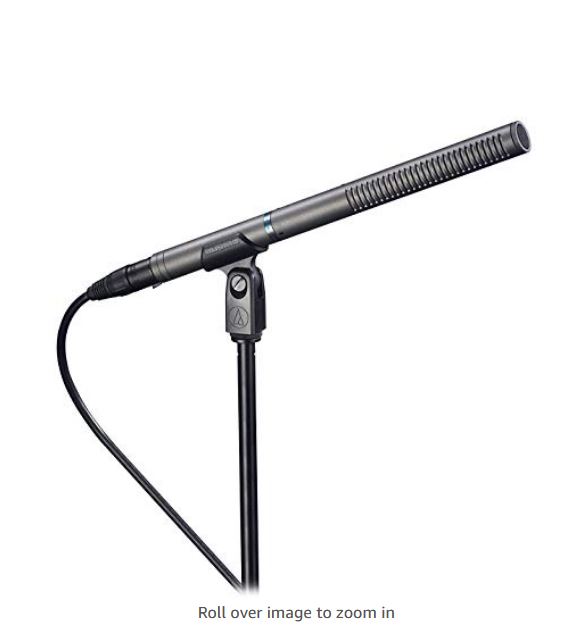 Source: Amazon
Source: Amazon
Learn more about this mic : How to Reduce Echo in Your Video -wistia.com
3. Boom Arm
Sometimes, the most critical podcast equipment is the tool that helps to give you more control over the volume and consistency of your voice in an ever-changing environment. With a boom arm, you can swing your microphone back and forth, which is ideal when you need to lean forward to use your computer or direct the microphone to another person in the room.
If you don’t have enough money to buy a number of shotgun microphones, your boom arm will allow you to direct the conversation to different people. We like the NEEWER Adjustable microphone suspension boom scissor arm stand, which folds down so you can carry it with you wherever you go.
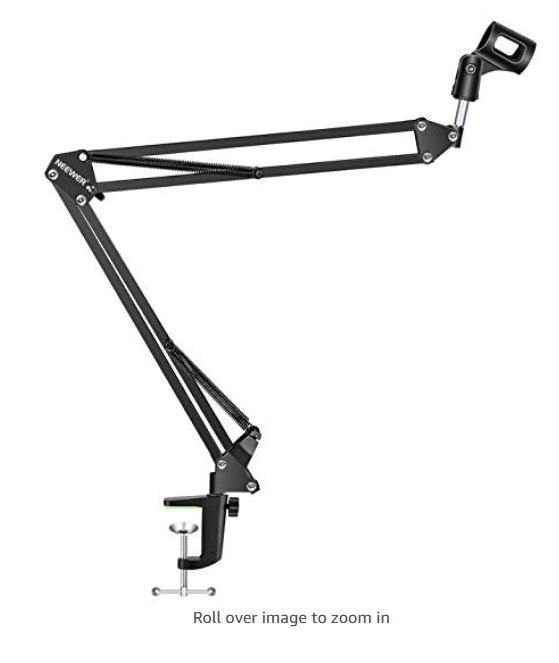 Source: Amazon
Source: Amazon
4. Pop Filter
You should never start recording a professional podcast without a pop filter. Pop filters might not sound like important pieces of equipment at first. However, the truth is that they’re actually crucial to the quality of your audio. Pop filters work by removing the “plosives” from your audio. In other words, they get rid of the loud noises that happen when you form letters like “p,” “t,” or “k.”
Without your pop filter, your plosives will make your audio sound crackly and distorted, which isn’t a good idea if you want a professional reputation. This PEMOTech metal mesh, foam and etamine pop filter is an excellent option for 2019.
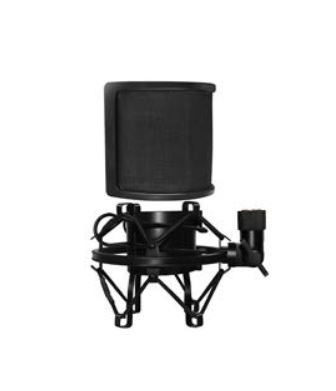 Source: Amazon
Source: Amazon
6. Acoustic Treatment
If you’ve ever visited a professional recording studio or theatre, then you might have noticed drapes or foam situated around the wall. The purpose for these coverings is to cut down the echoes in the room and improve the acoustic quality of whatever you’re listening to. If you decide to take your podcast equipment to the next level in 2019, you can always add acoustic treatments to the walls of your studio.
Acoustic soundproofing tiles, like these red/charcoal foam tiles from IZO All Supply are more affordable than you might think. They’ll give you a better sound for your podcast, and you can even choose them in your brand colors for if you ever decide to record a vlog in the same studio. You can also drape heavy curtains over your windows for enhanced results.
 Source: Amazon
Source: Amazon
7. Headphones
A great podcast requires concentration. With an excellent pair of noise-canceling headphones, you can block out all distractions. You’ll also be able to listen to your voice as you record and check for any feedback or distortion issues. Remember, headphones are extra vital if you have other microphones in the room.
For an extremely high-quality set of headphones, try the Bose Quiet comfort series. Not only do you get three levels of noise cancellation included, but you’ll also have Alexa voice control, and the headphones are wireless so that you can move freely.
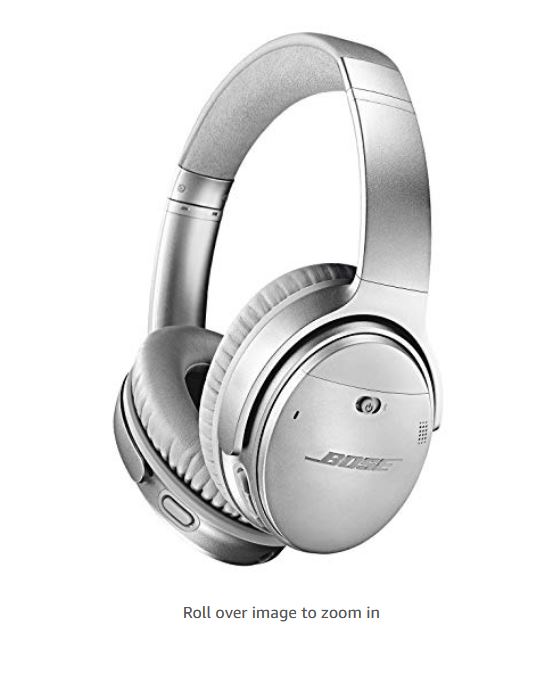 Source: Amazon
Source: Amazon
8. Hard Drive USB
A hard-drive is one of the most overlooked and underestimated pieces of podcast equipment that you’ll need for a great show. As you begin to create more content, hours of audio files will quickly consume the space on your computer hard drive. That means that you’re going to need an external hard drive to keep your computer running quickly and ensure that your files remain safe.
With the Seagate Expansion 1TB hard drive, you’ll have plenty of extra room for all of your podcast files. What’s more, you’ll also be able to take your content with you on-the-go so that you can edit it as you travel.
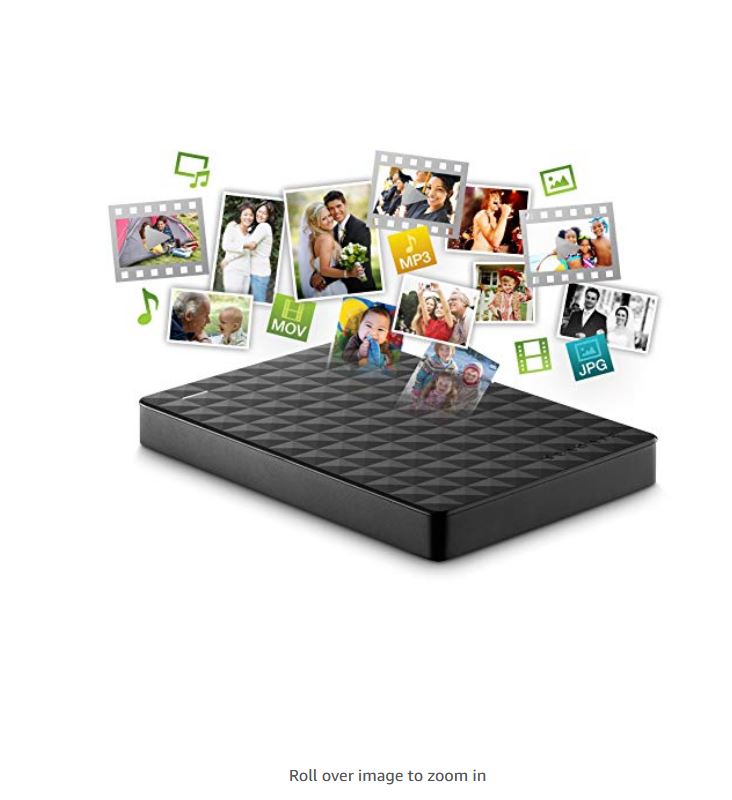 Source: Amazon
Source: Amazon
9. Audio Editing Software
Finally, even if you’re careful to record all of your podcasts within a well-equipped suite, there’s always a chance that you’ll need to edit out some distracting noises or remove parts of an interview that might not flow well with the rest of the content.
Audio editing software like Audacity gives you the tools that you need to put the finishing touches on your podcasts before they’re ready for publication. What’s more, the software is 100% free and very easy to use on Windows, Mac, or Linux.

Source: audacityteam.com
Ready to Invest in your Podcast Equipment?
Speaking about your industry to a microphone for a few minutes sounds simple enough. However, there’s a lot more to publishing a great podcast than you think.
Most of the hard work takes place before, during and after the recording, and the best way to protect yourself is to make sure that you have the right podcast equipment is on-hand. If you can get your technical set-up right, the rest should follow.
Want to learn more about perfecting your podcast?
————-
Serious💪 Bonus: Download FULL training program that will show you how to quickly Setup Podcast from Audio,Video, images for maximum efficiency workflow. That’s not found on the post.
————

